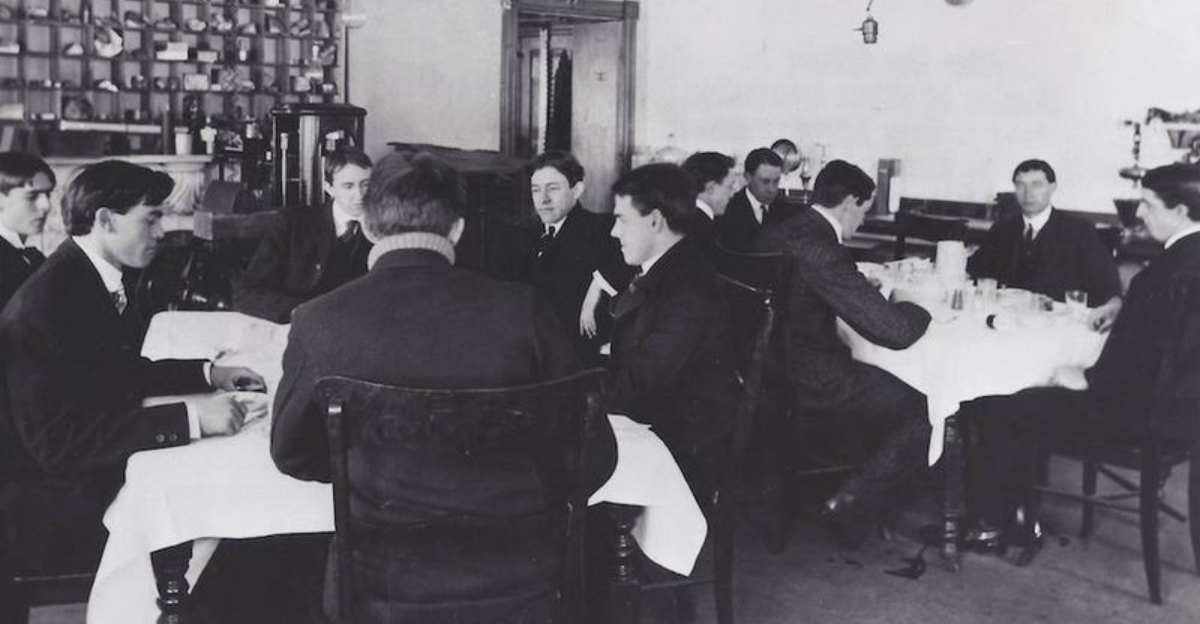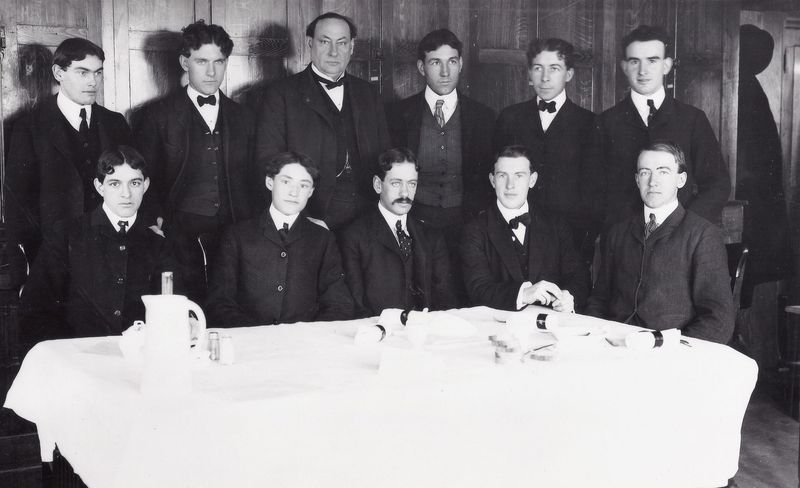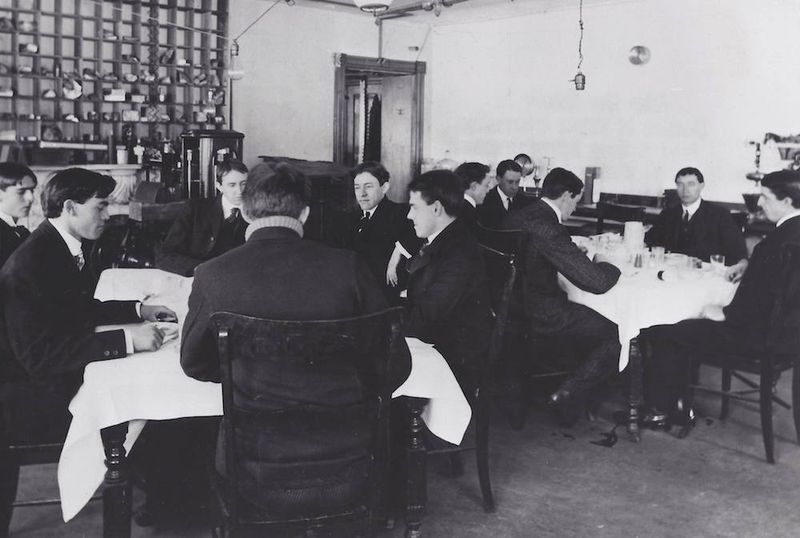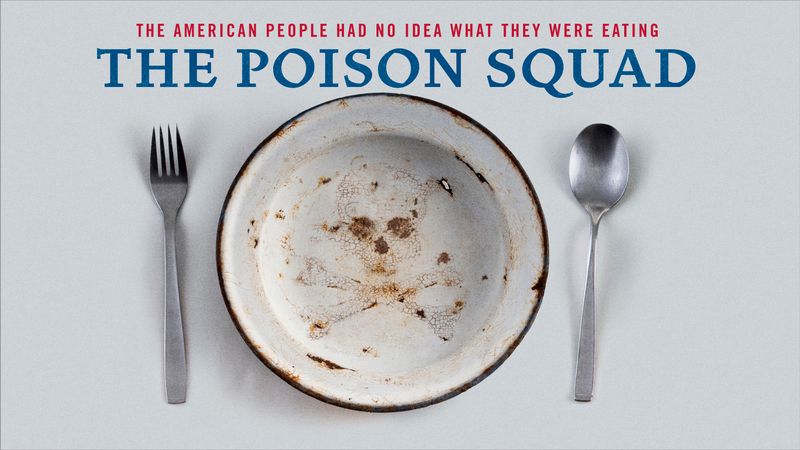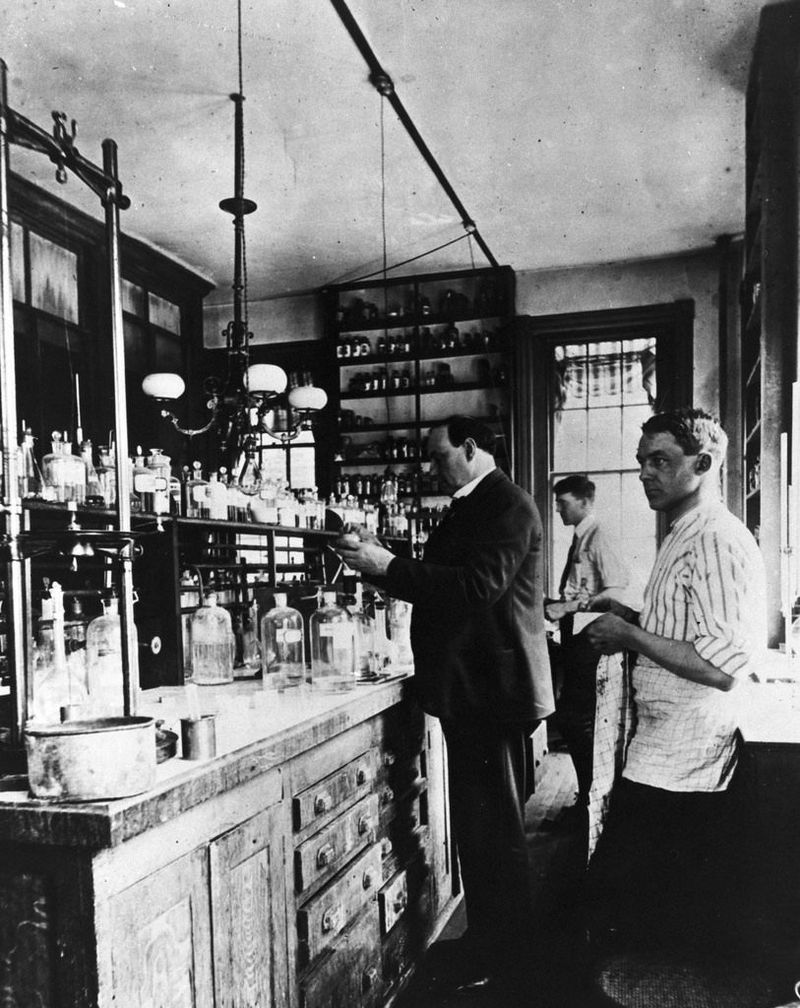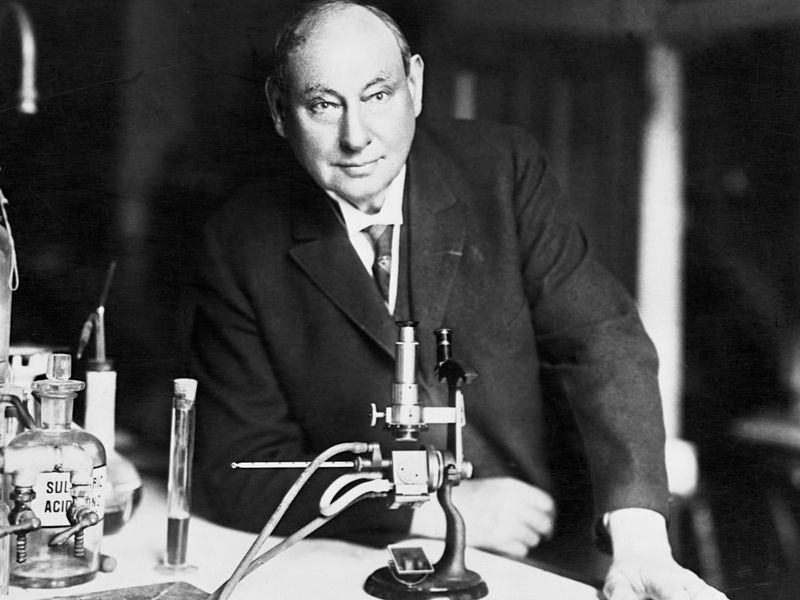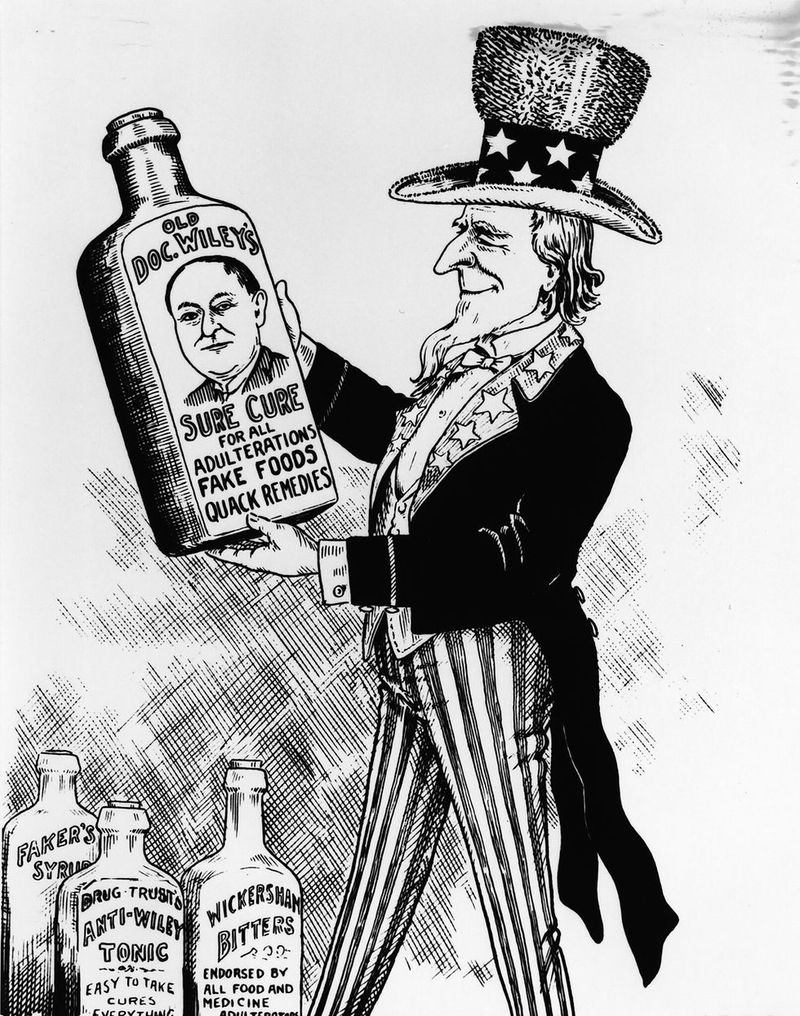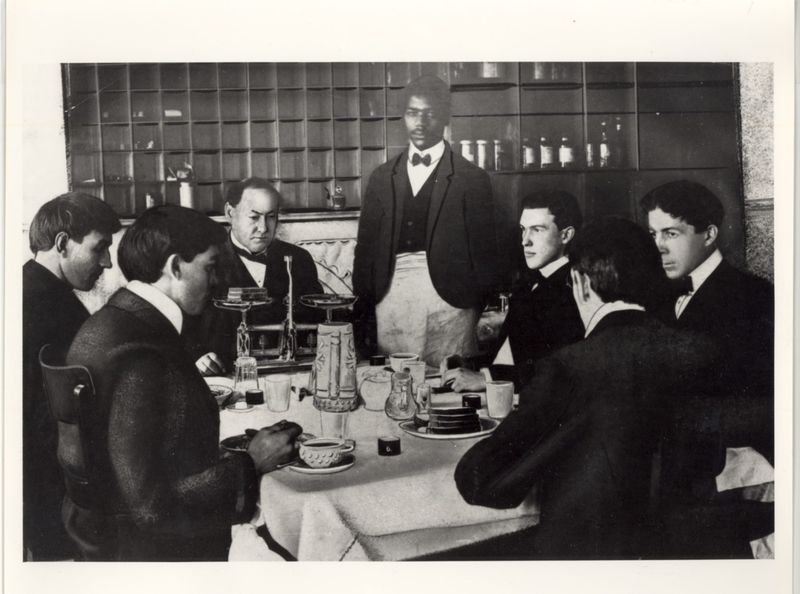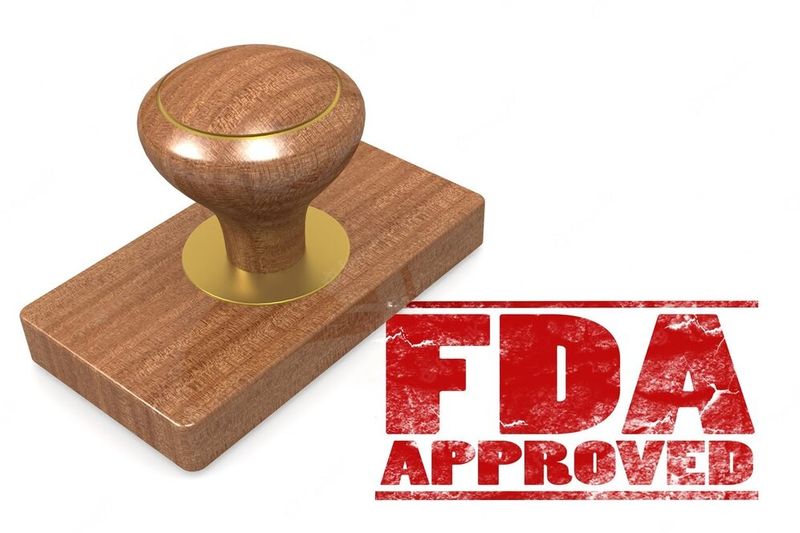In the early 1900s, a brave group of men signed up for a dangerous mission – to eat poisoned food on purpose. The government needed to learn about food safety, so these volunteers risked their health by consuming meals laced with chemicals. Their sacrifice changed food safety laws forever and protected millions of Americans from dangerous food additives.
1. The Poison Squad’s Recruitment
Back in 1902, Dr. Harvey W. Wiley assembled a team of 12 young men for a bizarre experiment. These volunteers, mostly underpaid clerks from the Bureau of Chemistry, agreed to eat exclusively from a special menu for up to a year. Their dining room? The basement of the Bureau of Chemistry in Washington, D.C., where every bite was carefully monitored.
The men followed strict rules – no alcohol, no tobacco, and absolutely no outside food. Each signed a waiver acknowledging the potential dangers, yet the positions were surprisingly competitive. What motivated these men? Some joined for the guaranteed meals during economic hardship, while others believed in contributing to scientific progress.
2. Meals Laced with Toxins
Newspapers quickly dubbed these brave men the “Poison Squad” when they discovered the true nature of the experiment. The chef preparing their otherwise wholesome meals systematically introduced increasing amounts of common food preservatives into their butter, milk, and coffee. These weren’t harmless additives – the list included borax, salicylic acid, sulfuric acid, and even formaldehyde.
The volunteers maintained remarkable spirits despite knowingly consuming substances that could harm them. They even created a gallows-humor motto for their dining table: “Only the Brave dare eat the fare.” Behind the scenes, Dr. Wiley meticulously documented how each chemical affected their health and well-being.
3. Collecting Bodily Evidence
The Poison Squad members carried satchels everywhere they went – not for books or personal items, but for collecting their own bodily waste. This requirement, though undoubtedly awkward, was crucial to the scientific integrity of the experiments. Each urine and fecal sample allowed scientists to track exactly how the chemicals moved through their bodies.
Laboratory technicians analyzed these samples to determine how quickly each substance was metabolized and excreted. This methodical approach revolutionized understanding of how foreign substances interact with human physiology. The data collection methods were surprisingly sophisticated for the early 20th century, creating a blueprint for future toxicology studies.
4. Escalating Chemical Exposures
Dr. Wiley employed a methodical approach to poisoning his volunteers, starting with minimal doses that gradually increased over time. This careful escalation continued until the men developed alarming symptoms – from splitting headaches and dizziness to violent vomiting and deep depression. Once symptoms became debilitating, the affected volunteer would step away from the experiment.
Recovery periods were built into the protocol, allowing each man to fully recuperate before returning to the poisoned dining table. Some volunteers endured multiple cycles of exposure and recovery throughout their service. The controlled increases revealed precisely at what dosage each preservative became harmful, creating critical safety thresholds.
5. Groundbreaking Scientific Evidence
The Poison Squad experiments produced the first scientific evidence linking common food additives to health problems. Their findings on borax were particularly alarming – the popular meat preservative caused headaches, appetite loss, and digestive distress even at low doses. Similar concerning patterns emerged with benzoic acid and other widely-used preservatives.
This quantitative evidence transformed food safety from speculation to science. Previous debates about preservative safety had relied on anecdotal reports or industry claims. Now, Dr. Wiley could present documented physiological responses in otherwise healthy young men, making his case for regulation significantly more compelling.
6. Transforming Food Safety Laws
The suffering of the Poison Squad volunteers directly led to America’s first comprehensive food safety legislation. Dr. Wiley used their experiences as compelling evidence when testifying before Congress, shocking lawmakers with accounts of common additives causing illness. His advocacy, backed by scientific data, proved instrumental in passing the landmark Pure Food and Drug Act of 1906.
This groundbreaking law, often called the “Wiley Act,” prohibited adulterated and misbranded food and drugs in interstate commerce. Alongside the Meat Inspection Act passed the same year, it created the framework for all future food safety regulation in America. The volunteers’ sacrifice established the revolutionary principle that the government should protect consumers from harmful food additives.
7. The Human Cost
Though most Poison Squad members recovered fully, their participation wasn’t without consequences. Robert Vance Freeman, one of the volunteers, died from tuberculosis in 1906 shortly after his service. His family firmly believed the chemical exposures, particularly to borax, had weakened his immune system and contributed to his death.
Dr. Wiley disputed this connection, maintaining that Freeman’s tuberculosis was unrelated to the experiments. The controversy highlights the ethical complexities of early human experimentation, conducted before modern informed consent standards. Freeman’s case remains a sobering reminder that these men risked – and potentially sacrificed – their health for the greater good.
8. Legacy of the Poison Squad
The Poison Squad experiments continued with rotating groups of volunteers until 1907, when Dr. Wiley had gathered sufficient evidence to push for comprehensive legislation. The impact of these brave men extended far beyond their five years of service. Their legacy lives on in the institution their suffering helped create – the Food and Drug Administration.
The Bureau of Chemistry that housed their dining hall gradually evolved into today’s FDA, the agency that ensures food and drug safety for millions of Americans. Modern food labels listing ingredients and preservatives stand as silent tributes to these forgotten heroes. Their willingness to consume toxins for the public good established the fundamental principle that consumers deserve protection from harmful substances in their food.
